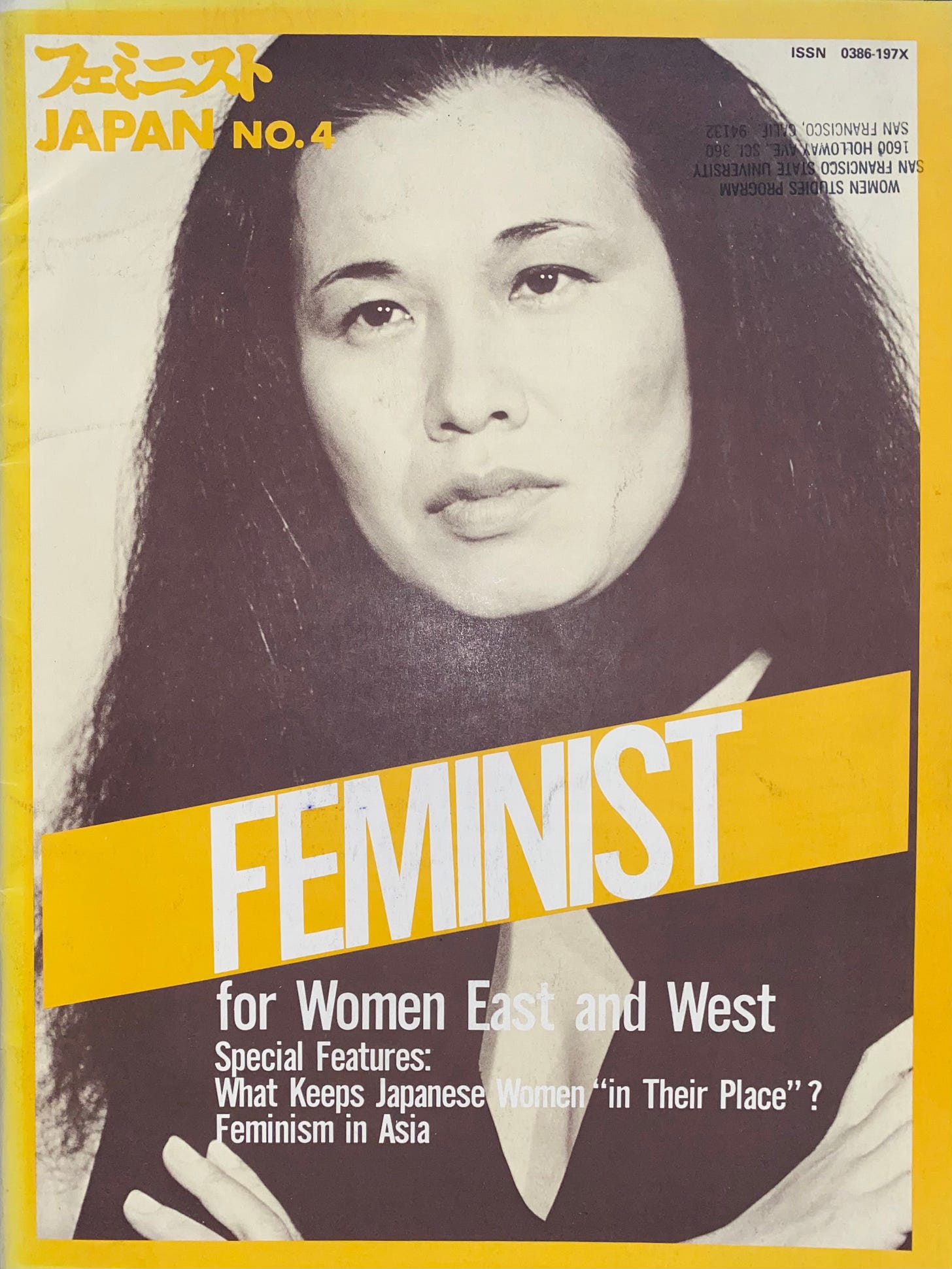ARCHIVIST’S NOTE
History repeats itself—again and again—ad infinitum. The archive exists as an anchor. The archive exists as a wrench.1 The archive is the future, our present, and a collective past. We need more spaces that reflect and refract light, lightness.
The 17.21 WOMEN archive and non-circulating library will provide a space for gathering, discovering, preserving, and celebrating East & Southeast Asian women’s history through access to historical documents, ephemera, periodicals, etc. Off-hours will include special programming, shows, and because it has a kitchen, will also serve as an experimental food space. We will continue to document and record history as we make it—through action and existence. Via this space—this vessel—we have the opportunity to uncover and reimagine our long histories of resistance.
Please consider upgrading to a paid subscription in order to access this important work, to forge and mold this physical archive space, and to recognize the invisible labor that goes into uncovering these stories. If you’ve already done so, thank you.
If you’d like more background on 17.21 WOMEN and the caretaker of this archive, all of that information is in Issue No. 1 from October 11, 2024.
Now onto the archives, dear readers!
♡
Doris—your auntie anarchivist
1The term monkeywrench was first used on July 30, 1907 in the Chicago Tribune: “It should look to them as if he were throwing a monkeywrench into the only market by visiting that Cincinnati circus upon the devoted heads of Kentucky’s best customers.”
ARCHIVE NO. 2, Vol. 1: EIKO ISHIOKA 石岡 瑛子 (July 12, 1938–January 21, 2012)
“If you're careless, you’ll fall and die, but that’s when you take a stand and survive; I had many moments like this. That’s the essence of creativity.”
—Eiko Ishioka 石岡 瑛, provocateur and prolific Japanese costume designer, art director, and graphic designer






